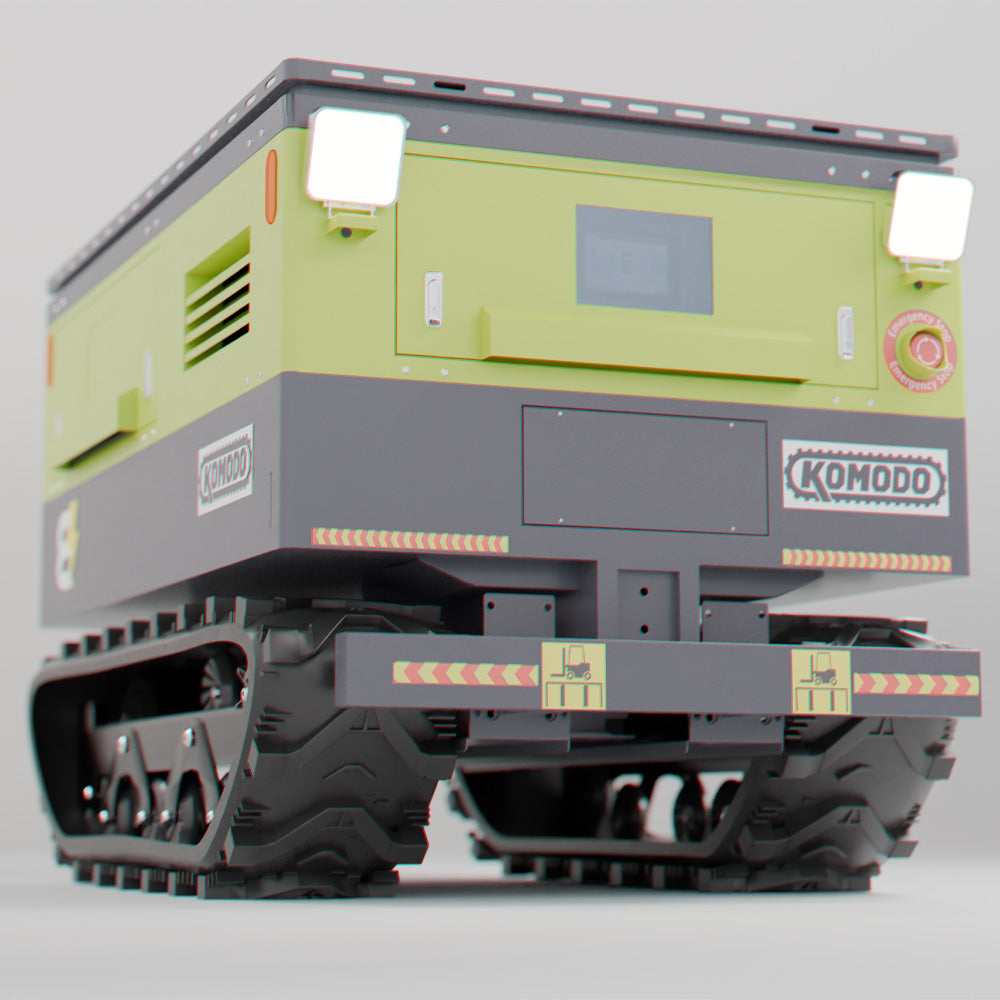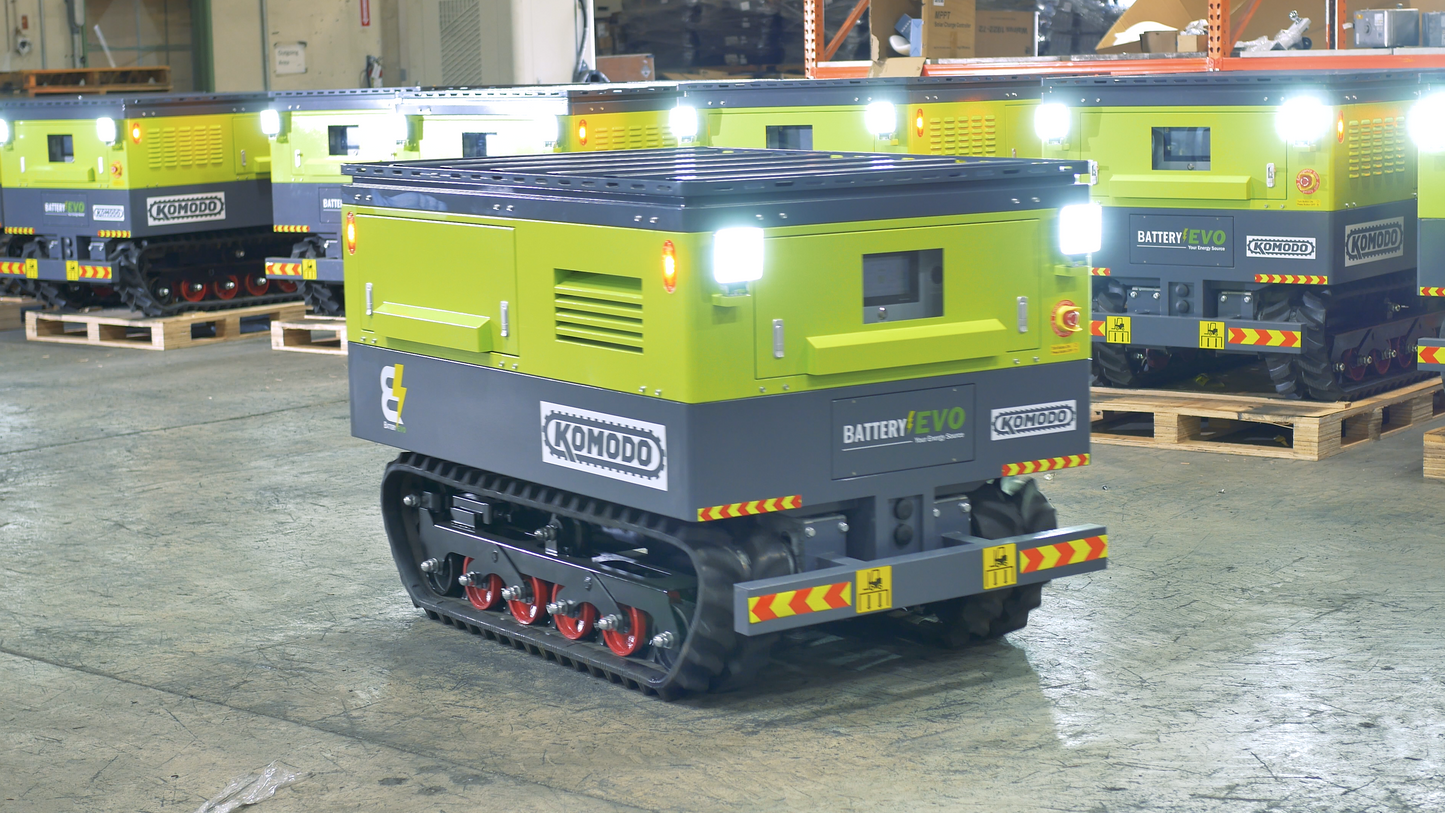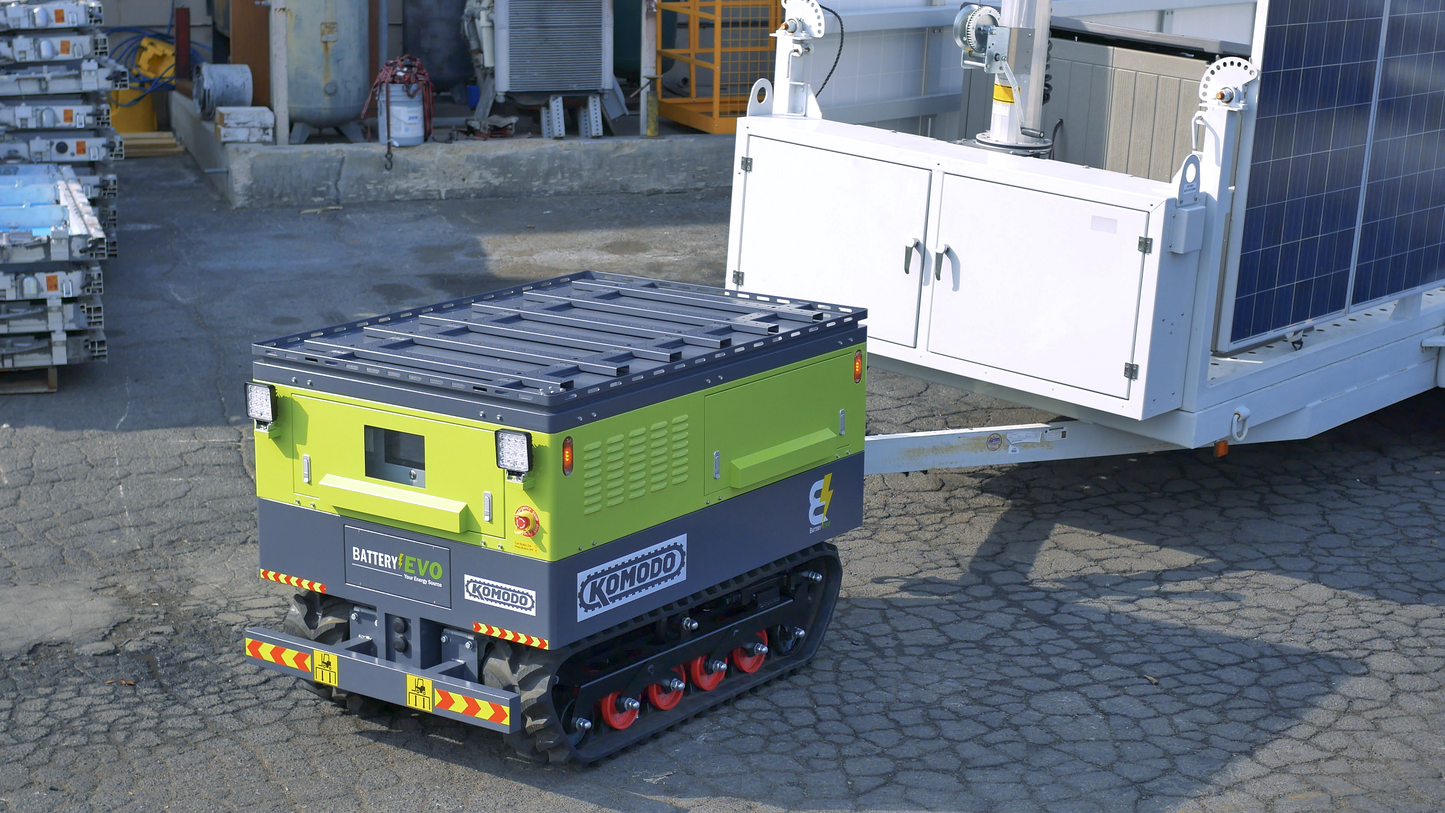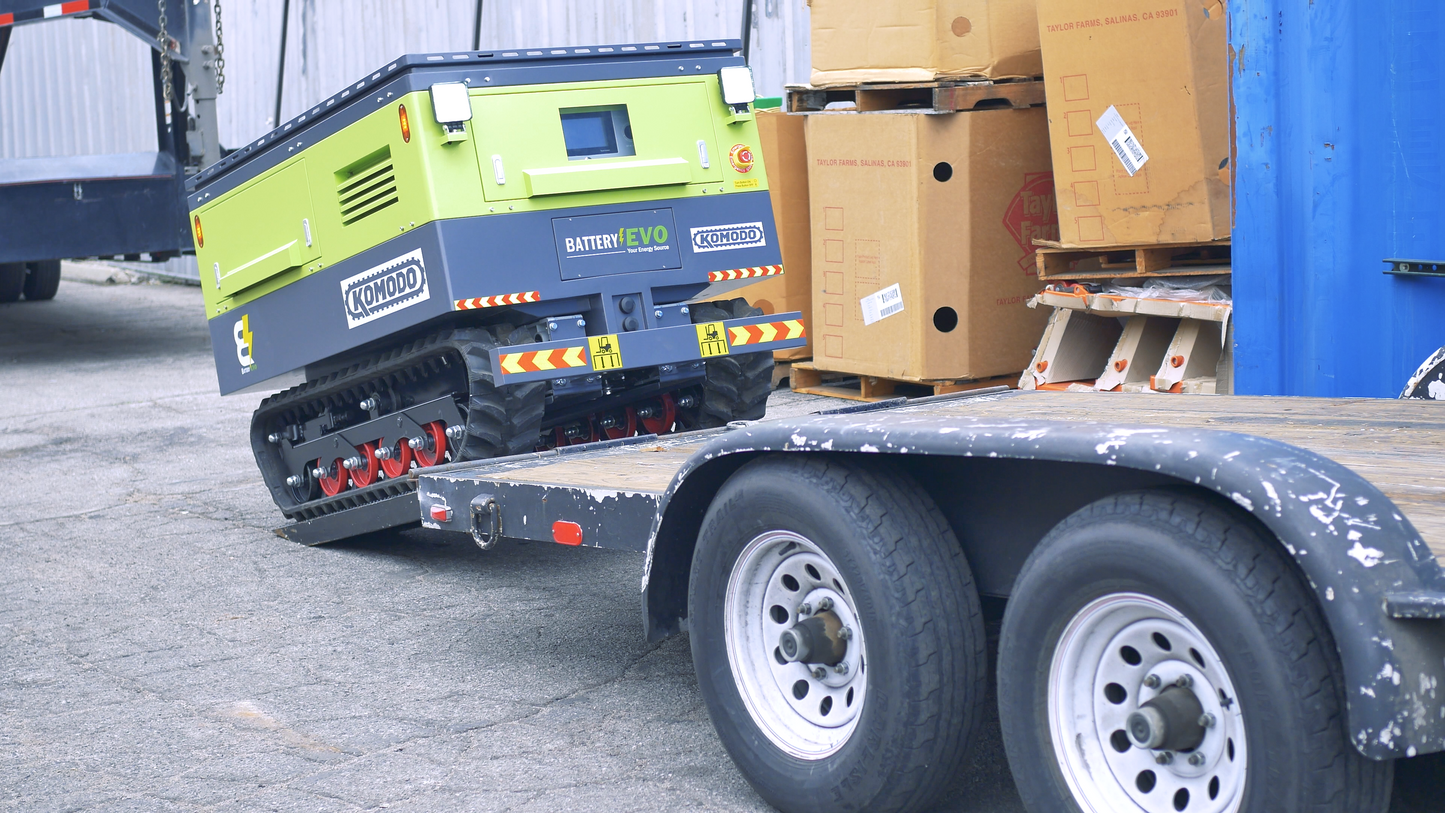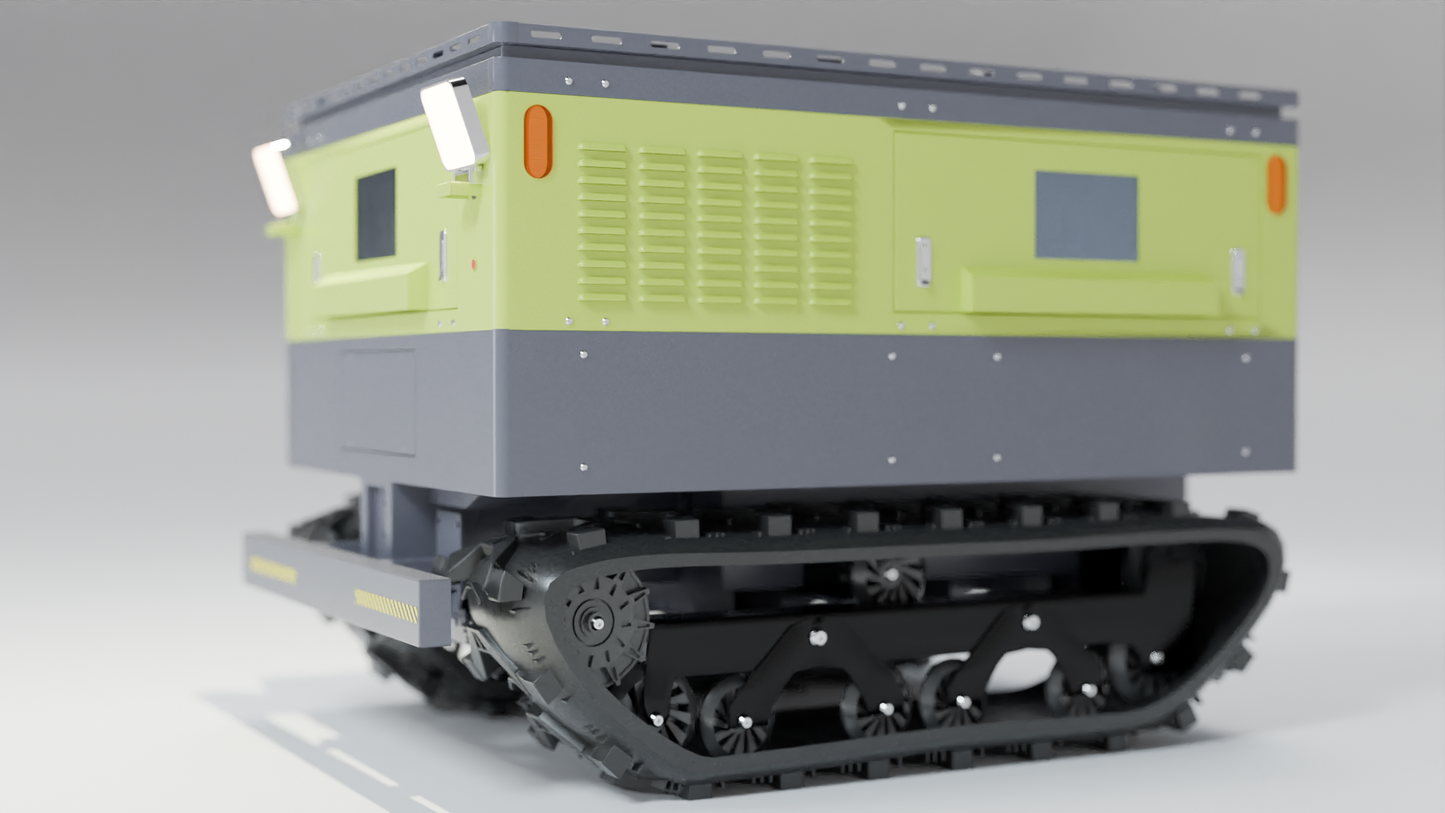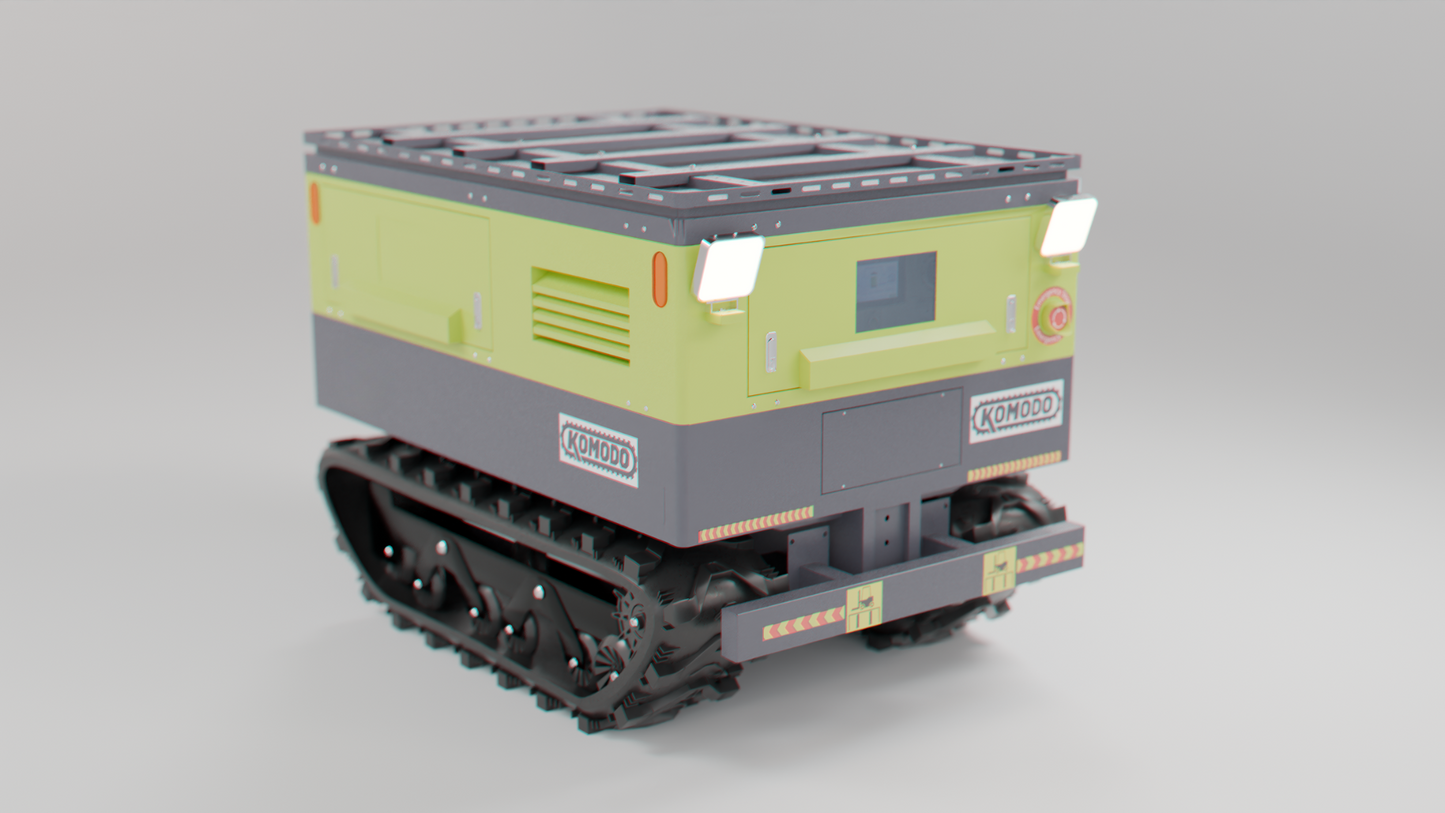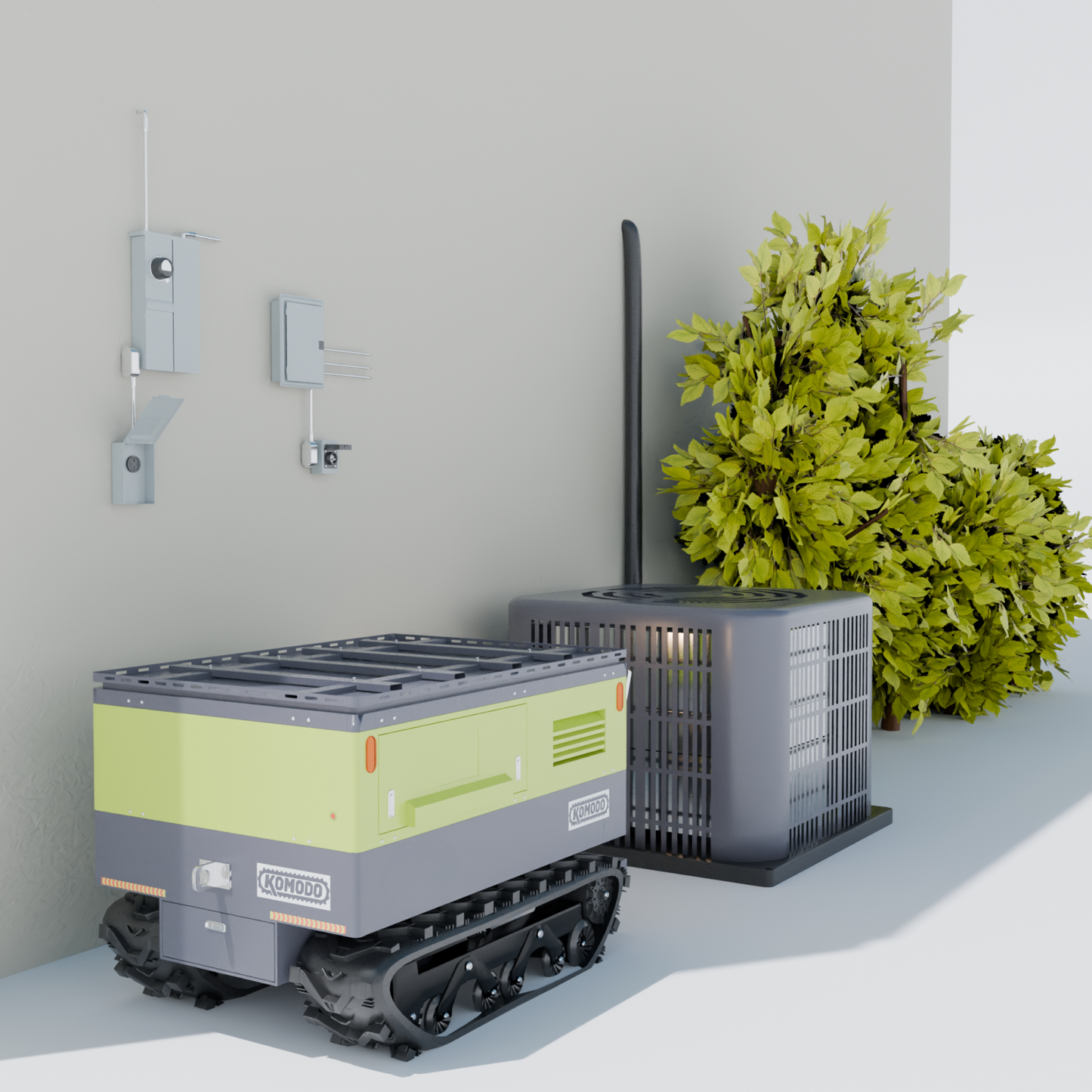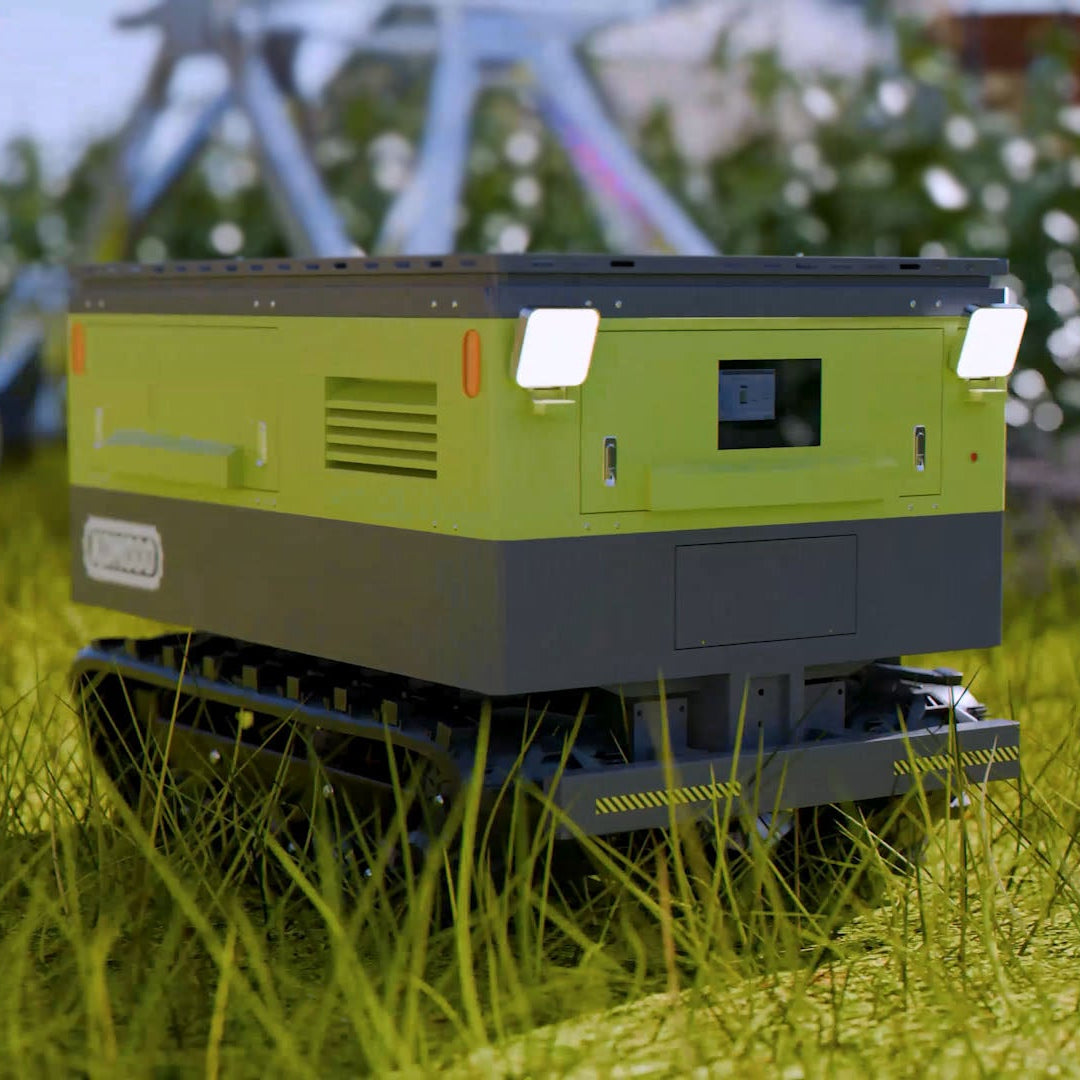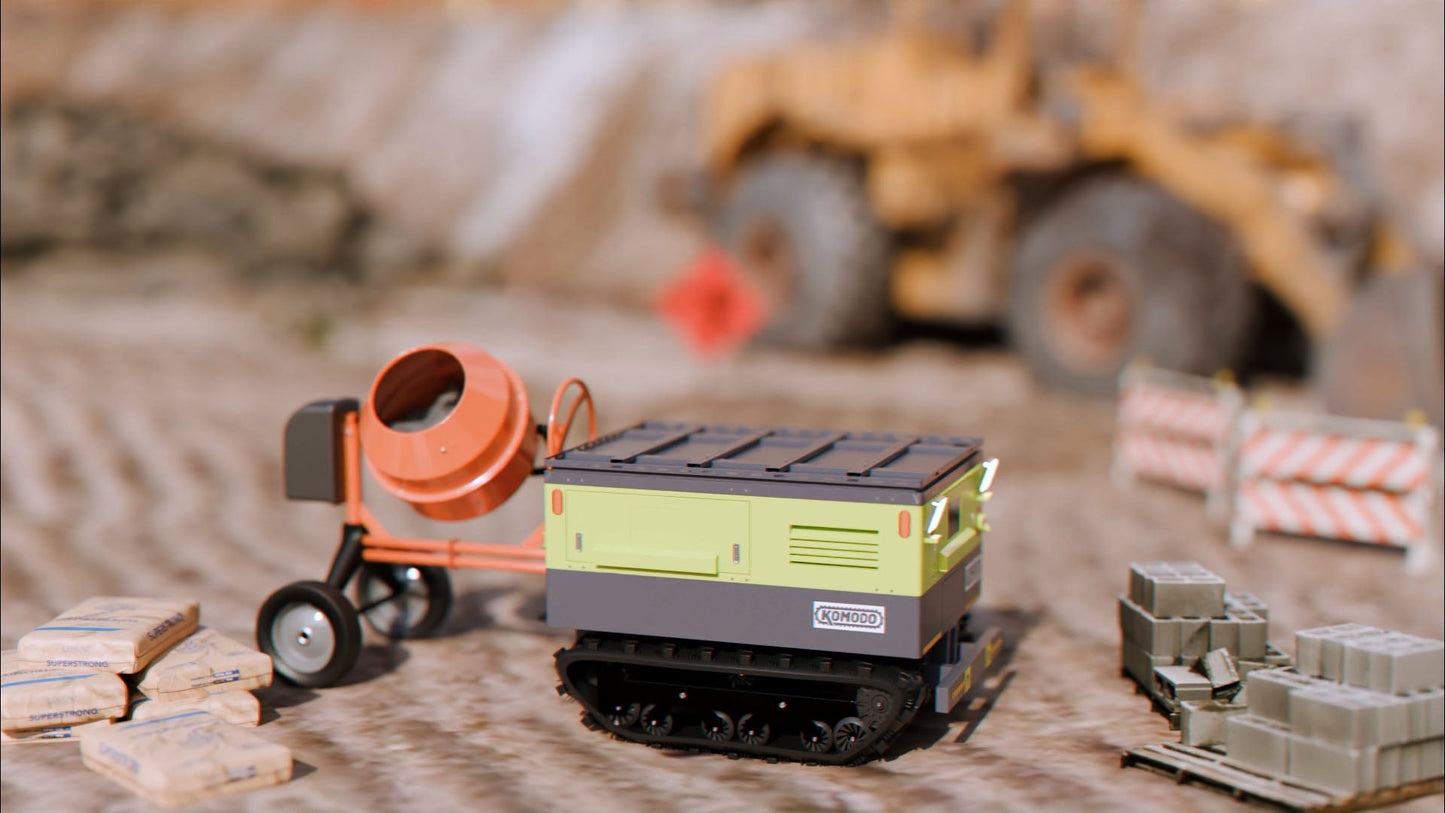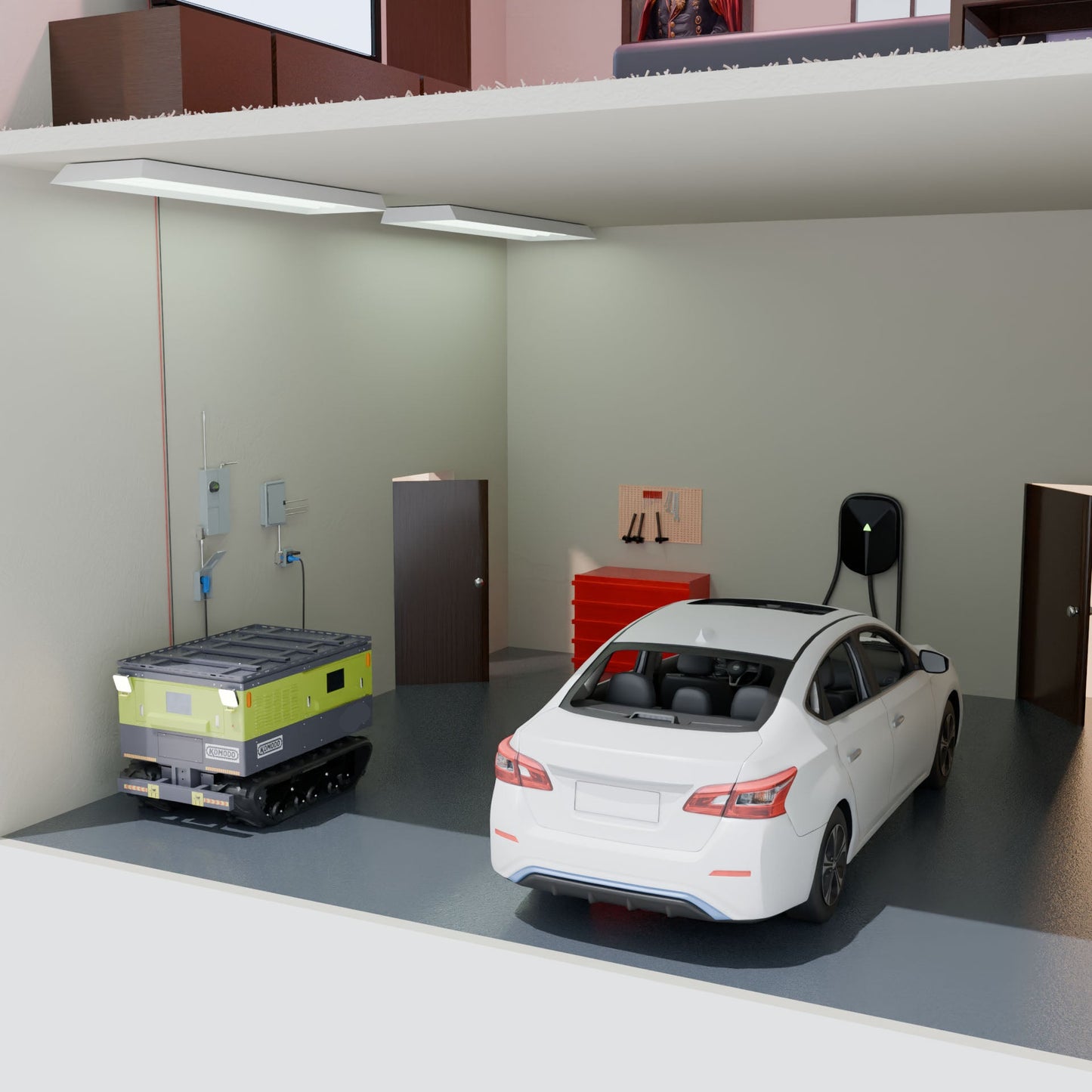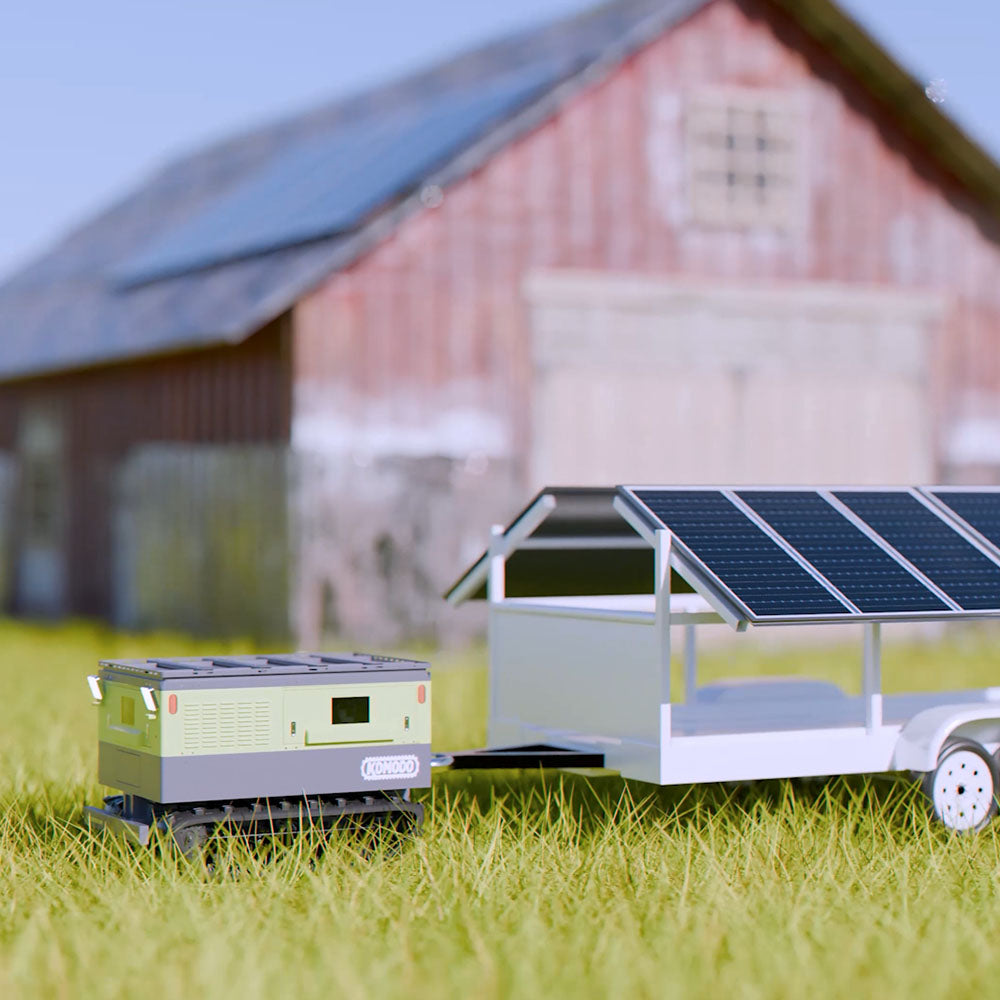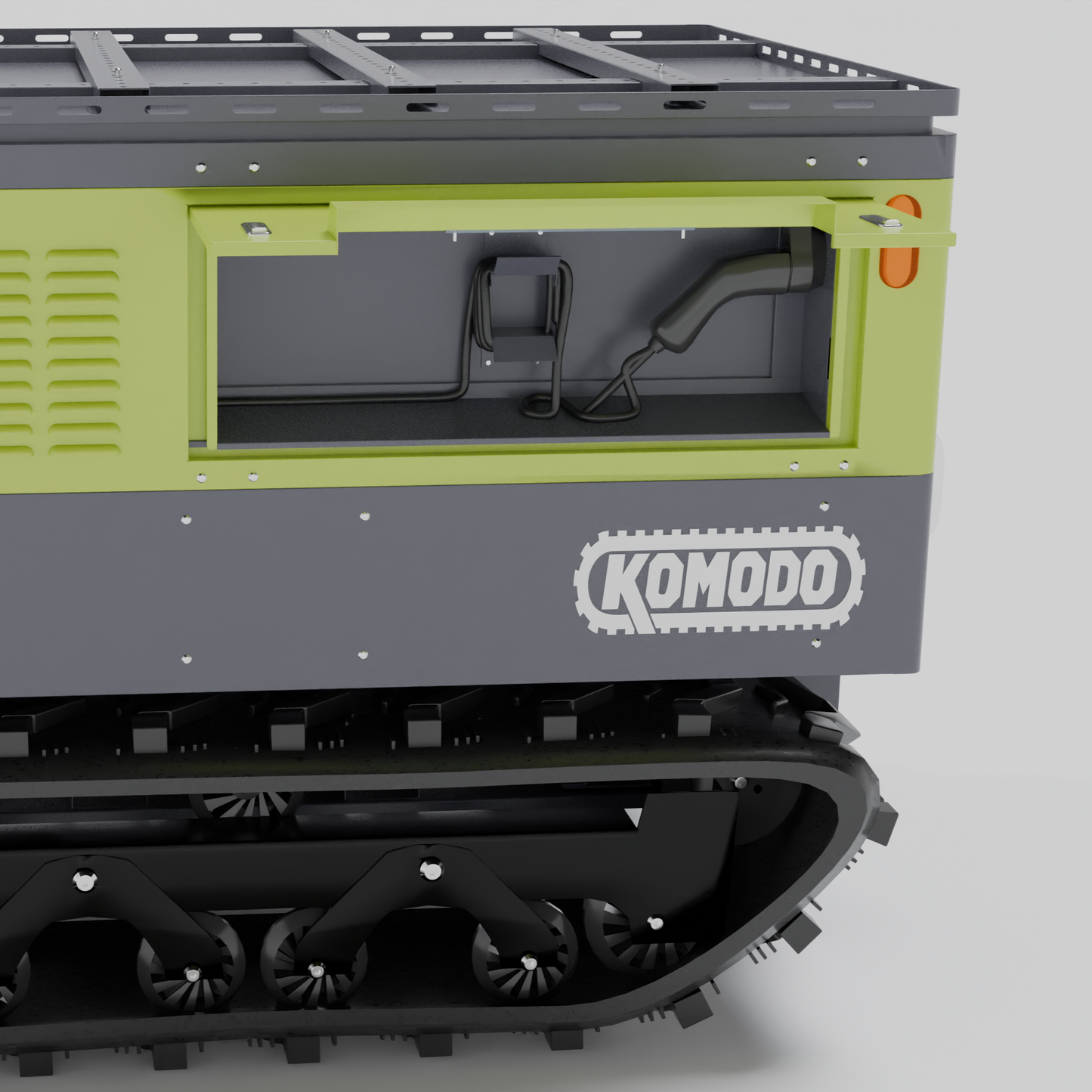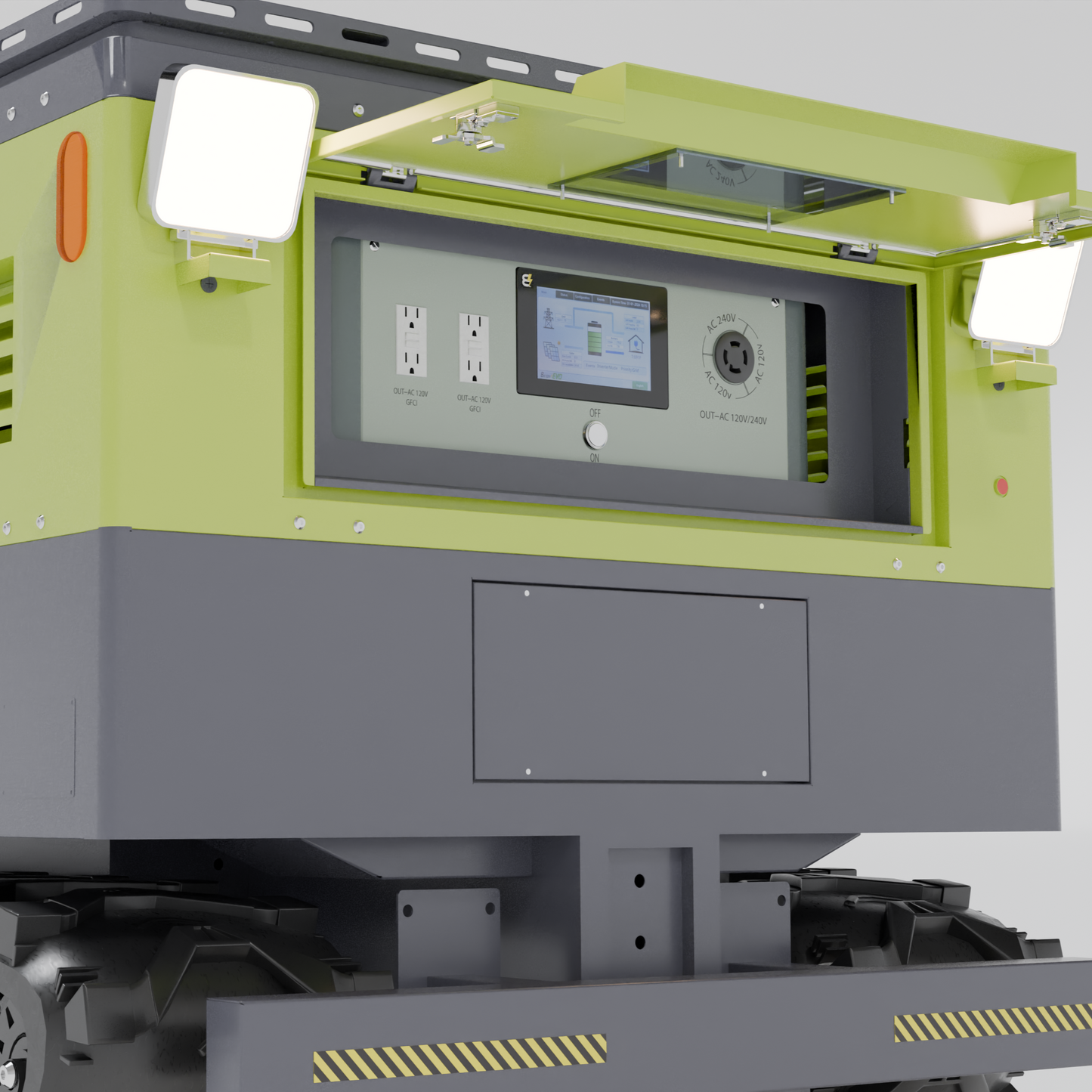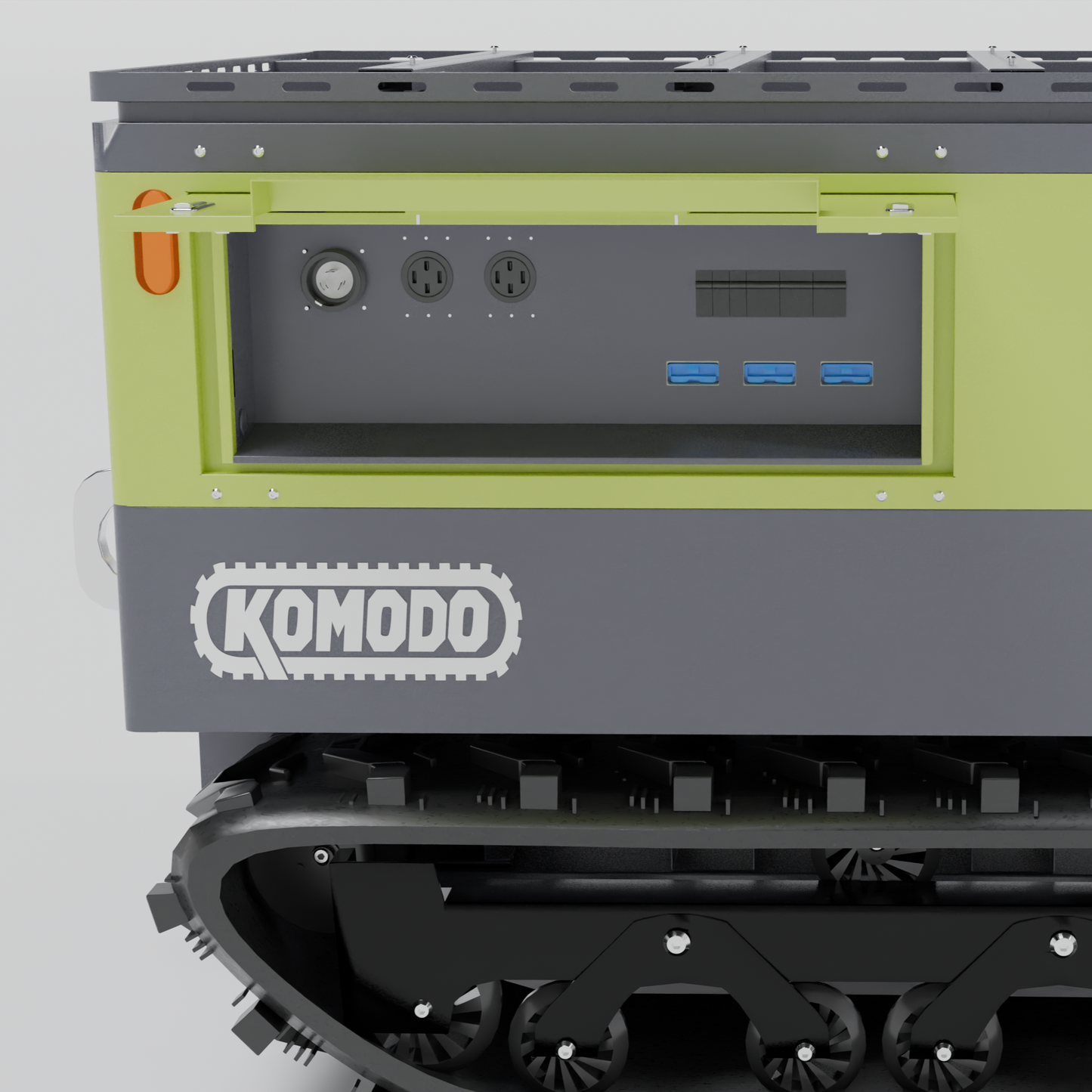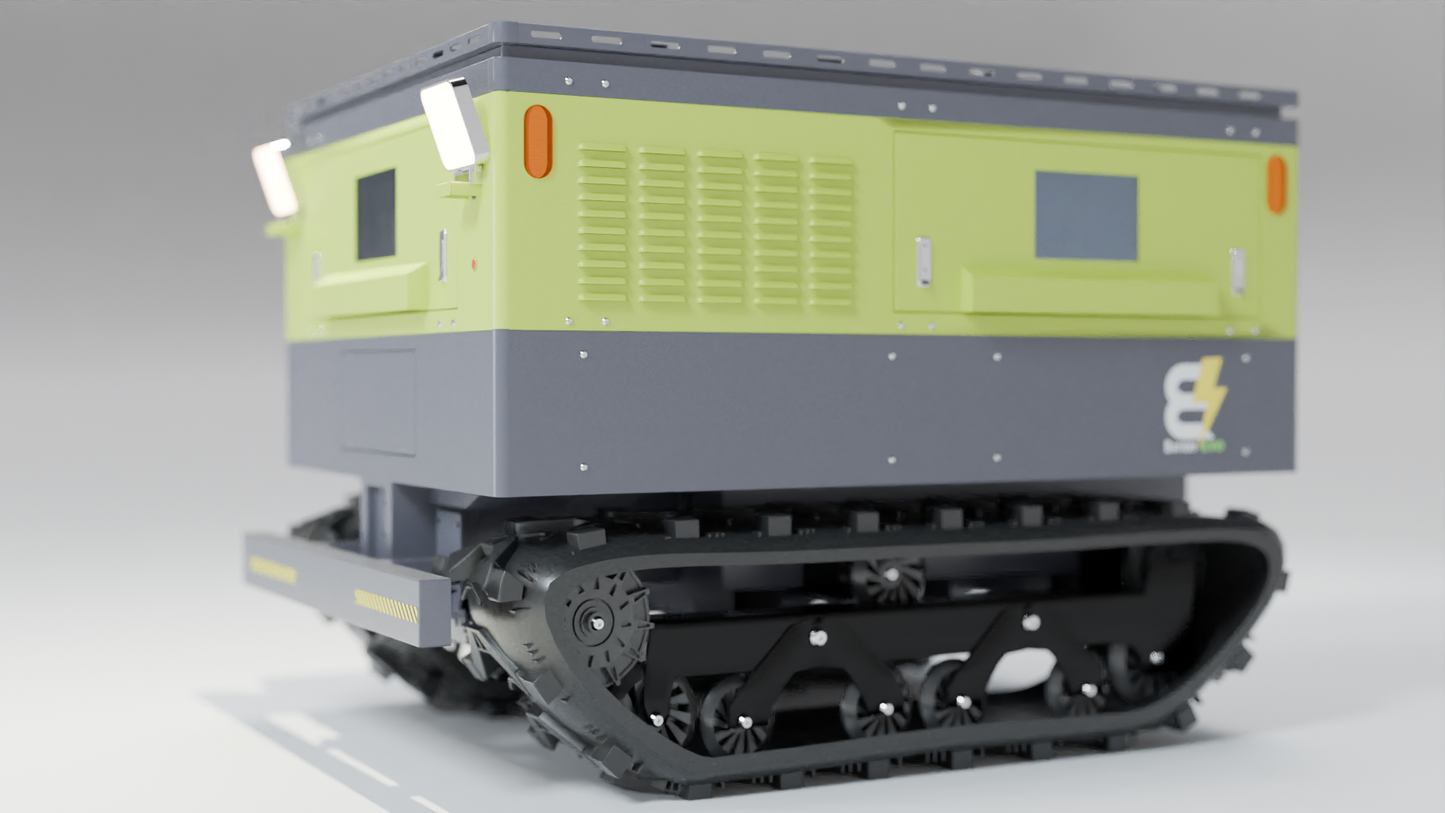
Living off-grid offers the freedom to be independent from traditional utility services, but it also requires careful planning—especially when it comes to energy. One of the most common questions among off-grid enthusiasts is: How do I size my solar generator to meet my power needs?
In this guide, we’ll walk you through the key factors to consider when choosing the right solar generator size for your off-grid setup, focusing on solutions like the Komodo Power Tank and Komodo Mini.
🧮 1. Calculate Your Daily Energy Consumption
The first step to sizing your solar generator is calculating your total energy usage. This involves:
- Listing Your Appliances: Identify all the devices you plan to power.
- Checking Wattage: Look at the power rating (watts) on each appliance.
- Estimating Daily Usage: Multiply the wattage by the number of hours you plan to use each device daily.
Example Calculation:
If you have a 60W LED light running for 5 hours a day:
60W × 5 hours = 300 Wh/day
Do this calculation for all your appliances to get your total daily consumption.
⚡ 2. Understand the Capacity of Your Solar Generator
Solar generators are rated in watt-hours (Wh), which indicates how much energy they can store.
Popular Models:
- Komodo Mini Power Tank: 4.2 kWh (4200 Wh)
- Komodo Power Tank: 100 kWh (100,000 Wh)
Choosing the Right Size:
- If your daily usage is 2,000 Wh, a 4.2 kWh unit can cover around 2 days without recharging.
- For more extended autonomy or powering larger appliances, opt for a unit like the 100 kWh Komodo Power Tank.
Pro Tip:
Always include a 20-30% buffer for unexpected energy needs.
☀️ 3. Consider Solar Input and Recharge Time
Your generator’s size should also factor in how quickly it can recharge using solar panels.
Example:
- Komodo Mini: Supports up to 14 kW of solar input
- Komodo Power Tank: Supports scalable solar setups for rapid charging
Solar Panel Matching:
If you have 4 x 350W panels (1.4 kW), charging the Komodo Mini will take around 3-4 hours on a sunny day.
- For the Power Tank, opt for multiple panels to maximize input and reduce charging time.
🌧️ 4. Plan for Low-Sun Days and Backup Power
Even the best solar setups face challenges during overcast days. Consider pairing your generator with:
- Additional Battery Modules: To extend storage
- Hybrid Backup Generators: For continuous power during emergencies
Komodo Recommendation:
- Pairing the Komodo Power Tank with an EV charger ensures your electric vehicle remains powered off-grid.
- For smaller setups, the Komodo Mini is ideal for RVs, cabins, and tiny homes.
🔧 5. Maintenance and Monitoring
Proper maintenance of your solar generator will prolong its life and efficiency. Use remote monitoring apps to:
- Check battery levels
- Track solar input
- Monitor power usage
Komodo’s Remote Monitoring:
With Komodo’s integrated app, you can manage energy consumption and spot issues before they become problems—ideal for remote living.
Sizing your solar generator is crucial for ensuring reliable power off-grid. By calculating your daily consumption, understanding generator capacity, planning for solar input, and preparing for low-sun days, you can live comfortably without relying on the grid.
Whether you’re powering a cabin, an RV, or a tiny home, Komodo’s solar generators offer scalable, reliable, and efficient solutions for off-grid independence.
Komodo System Inc.
Komodo Mobile Power Unit
Share
